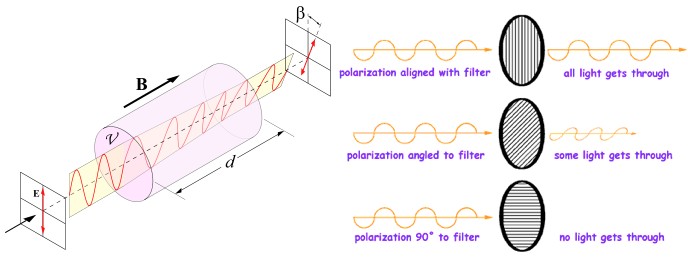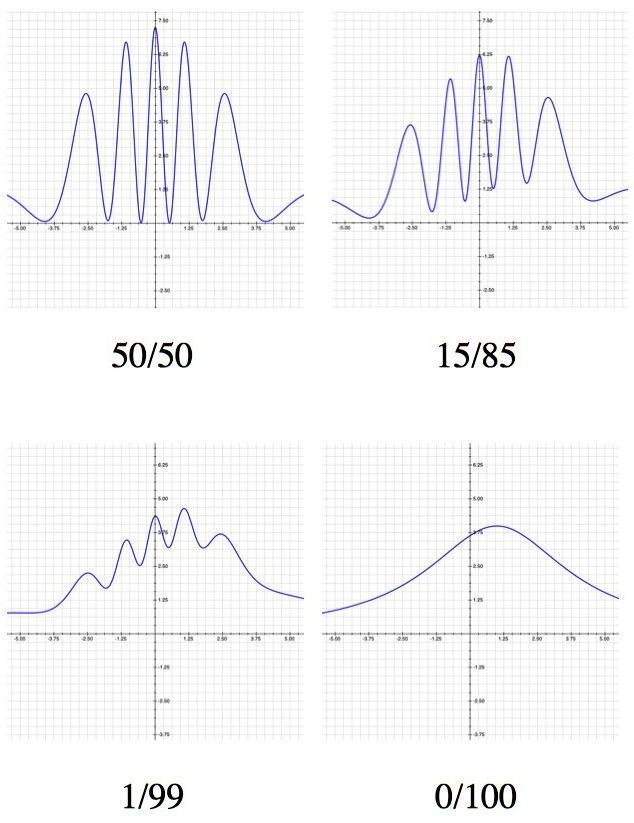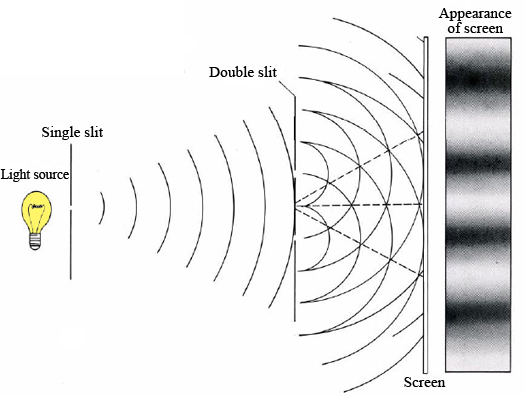Physicist: Any interaction of any kind that conveys information is a form of detection.
This question crops up frequently in conjunction with the “Copenhagen interpretation”.
The Copenhagen interpretation of quantum mechanics (which comes in a couple different flavors) is generally stated as “a thing is in a super-position of states until it’s measured”. Some people (including very few physicists) have come to the conclusion that “measurement” means “measured by something conscious, and also we’re all part of the same energy field, so we’re psychic, and modern science is only now coming to understand what eastern philosophers have known for millennia”.
Just to be clear, the Copenhagen interpretation is a bottomless font of problems and paradoxes, of which the “measurement problem” is one of the more interesting (but still: one of many). Luckily, since Copenhagen is based on an assumption (“things are in many states until measured”) that never needed to be made, isn’t well-defined, and is in no way supported by any kind of evidence, it can be abandoned giving rise to the Many Worlds Interpretation. Sorrowfully, it’s often found unabandoned (particularly in new age literature).
More often (in sciency circles), Copenhagen is described in terms of a small system (a few particles) in many states interacting with a larger system that’s in only one state, as “big systems” like people appear to be. Somehow that interaction “collapses the wave function”, and only one of the many states of the small system persists.
But you may have noticed that experiments like the quantum mechanic’s mainstay, the double slit experiment, can be done in air. That is, you don’t have to remove the air (a very large system) from around the double slits before you do the experiment. The photons (one photon = small system) involved are definitely interacting with air molecules, and yet they clearly continue to demonstrate super-position (being in multiple states). You can even do the double slit experiment off of a mirror, which is definitely a big system. So it’s not just an interaction between a small, many-states, system and a large system that defines a “measurement”, it’s a bit more subtle.
A measurement is best defined as anything that gives you information. And information is what allows you to narrow your choices, or at least refine your probabilities.
For example, when light passes through sugar-water its polarization rotates (you can try it if you like, but for this post don’t be concerned about why it works). But if you don’t know anything about what the polarization of the light was before it entered the sugar-water, you won’t know anything about the polarization afterward. It’s an interaction, but not a measurement. It’s like asking “if I take a coin and turn it over, will it be heads or tails?”. Without knowing what it was beforehand, there’s no new information about what it will be afterwards. In the sugar-water case, this manifests as a conservation of states: if the photon enters the sugar-water in multiple states, it leaves in multiple states (just not the same states).
A polarizer on the other hand definitely performs a measurement. If light goes through, then it’s polarized in the same direction as the polarizer, and if it doesn’t, then it’s not.

Left: the "Faraday effect" occurs when light passes through a "twisty" material, like sugar. The polarization gets rotated, but not measured. If a photon enters in many states, it remains in many states. Right: A polarizer filters light of a certain polarization. If the photon is in multiple polarization states then the polarizer forces the photon to (from our perspective) "choose" between states. Either it's polarized correctly and passes through, or it's polarized incorrectly and is stopped.
But describing a measurement in terms of information leads to another, possibly nightmarish, question: Is it possible to do a “partial measurement”, that gets only a little information?
If you’ve ever listened to a bus or train announcement you know that it’s possible to get more than none, but far less than all, of the information you’d like. For example; after an announcement you may decide that there’s a 70% chance the train is late, a 25% chance it’s on time, and a 5% chance that someone with a crippling speech defect has violently taken over the PA system. This is a partial measurement, because a full measurement would take the form of 100% probabilities. As in; “the train is definitely, 100%, late”.
Happily, the same is true in quantum mechanics, and it’s extremely useful! For example you can use partial measurements to make “(usually) interaction free measurements”, which is sometimes called “seeing in the dark“. So, you can refine the states of a system without destroying its super-position-ness.
In the double slit experiment you usually set up the apparatus so that there’s a 50% chance of each photon going through either slit (the video in that link is the best explanation I’ve seen, but it jumps the rails a bit around minute 4). “50/50” is just another way of saying “there’s no information about which slit the photon’s going through”.
But there are many ways to gain some information about which slit the photon goes through. For example, you can move the light source closer to one slit, or put some darkened glass over a slit to absorb some photons. Either way, once a photon has passed through the slits you have some idea of which one it went through, but not certainty. As in: “it probably went through the slit that isn’t covered by the darkened glass, but maybe not”.
Any way that you do it, a partial measurement affects the interference pattern. What’s very exciting is that you can slide cleanly from “no measurement” (50%/50%) to “total measurement” (0%/100%).

The more you know which slit the photon passes through, the weaker the interference pattern. By the time you're 100% certain which slit the photon goes through (by covering the other or something) you're left with a bump under the one active slit, which is exactly the not-quantum-weirdness result you'd expect.
So, while it’s a huge pain to define “measurement” in a physical context, you can define it pretty readily in a mathematical/information-theory way as “an interaction that conveys information, allowing you to be more certain about what the states are”.
Just to be clear, there doesn’t need to be a person doing a measurement. “Measurement” and “quantum mechanics” may remind you of scientists in labs, but any interaction that conveys information (which in day to day life is basically all of them) is a measurement. If a tree falls in the forest, and no one’s there to see it, the tree and ground still measure each other.








Pingback: Eighth Linkfest
Pingback: Q: What does a measurement in quantum mechanics do? | Ask a Mathematician / Ask a Physicist
Pingback: Q: If quantum mechanics says everything is random, then how can it also be the most accurate theory ever? | Ask a Mathematician / Ask a Physicist
Pingback: Q: What does it mean for light to be stopped or stored? | Ask a Mathematician / Ask a Physicist
Pingback: Quantum Break-up | A complete Story of Physics